Back to Courses

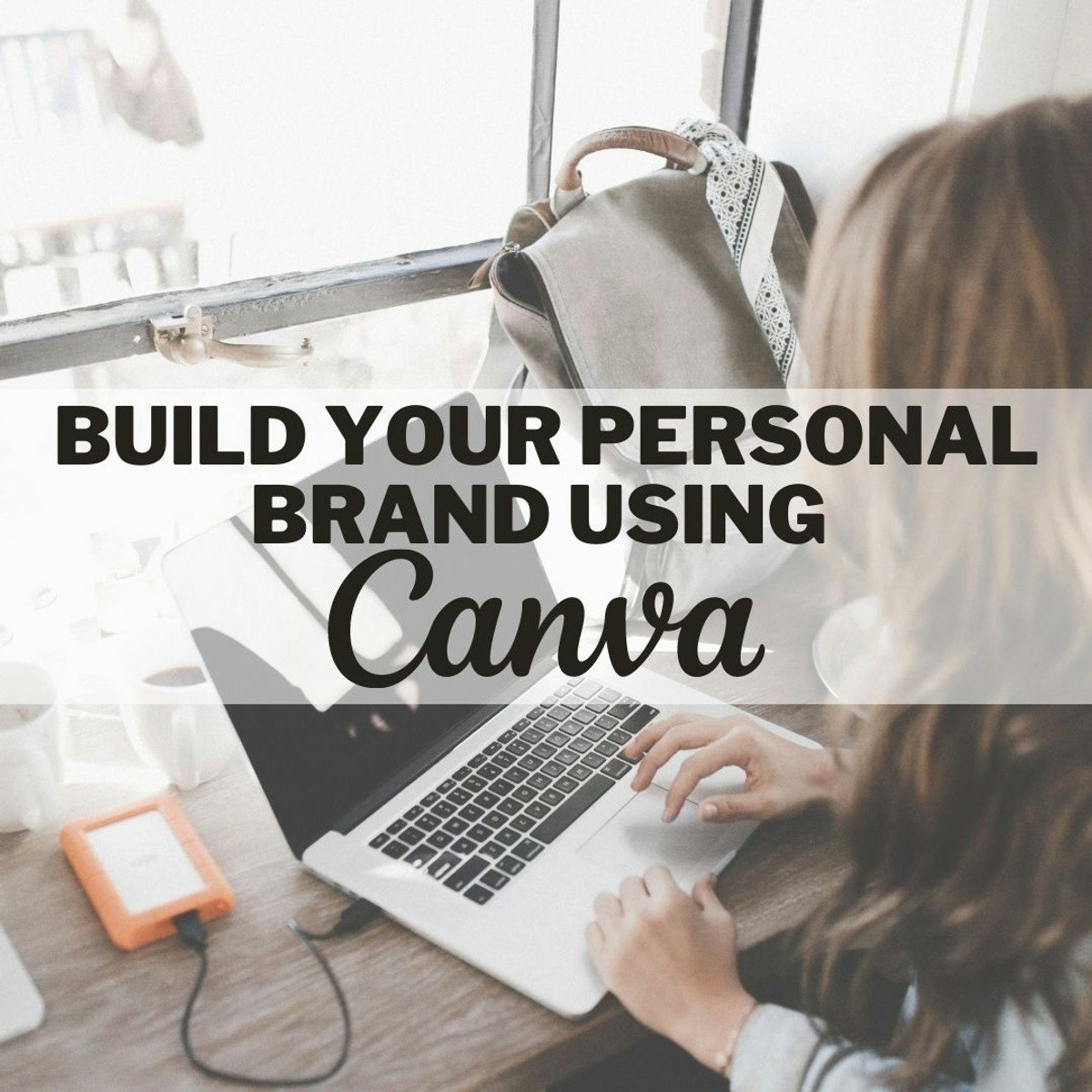

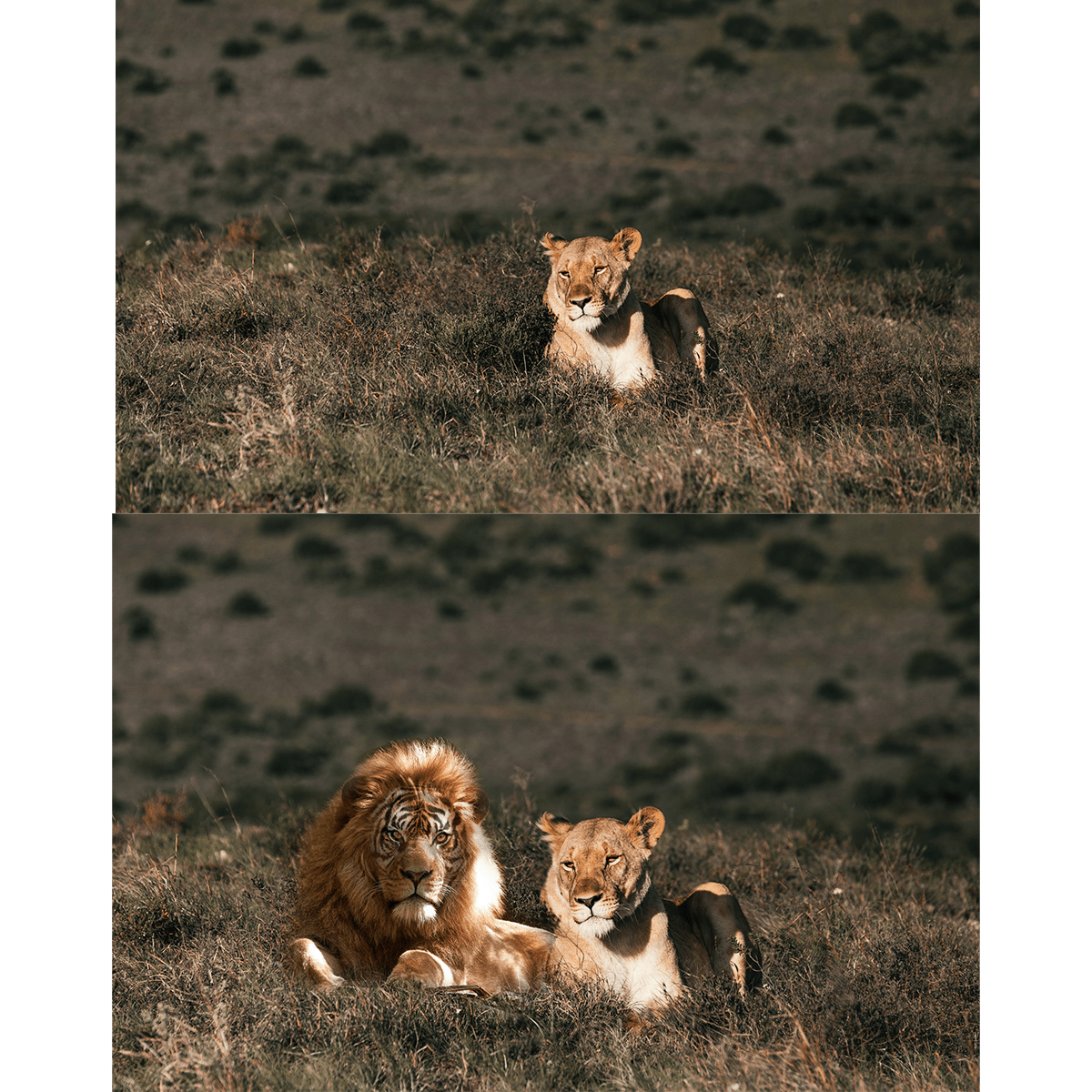

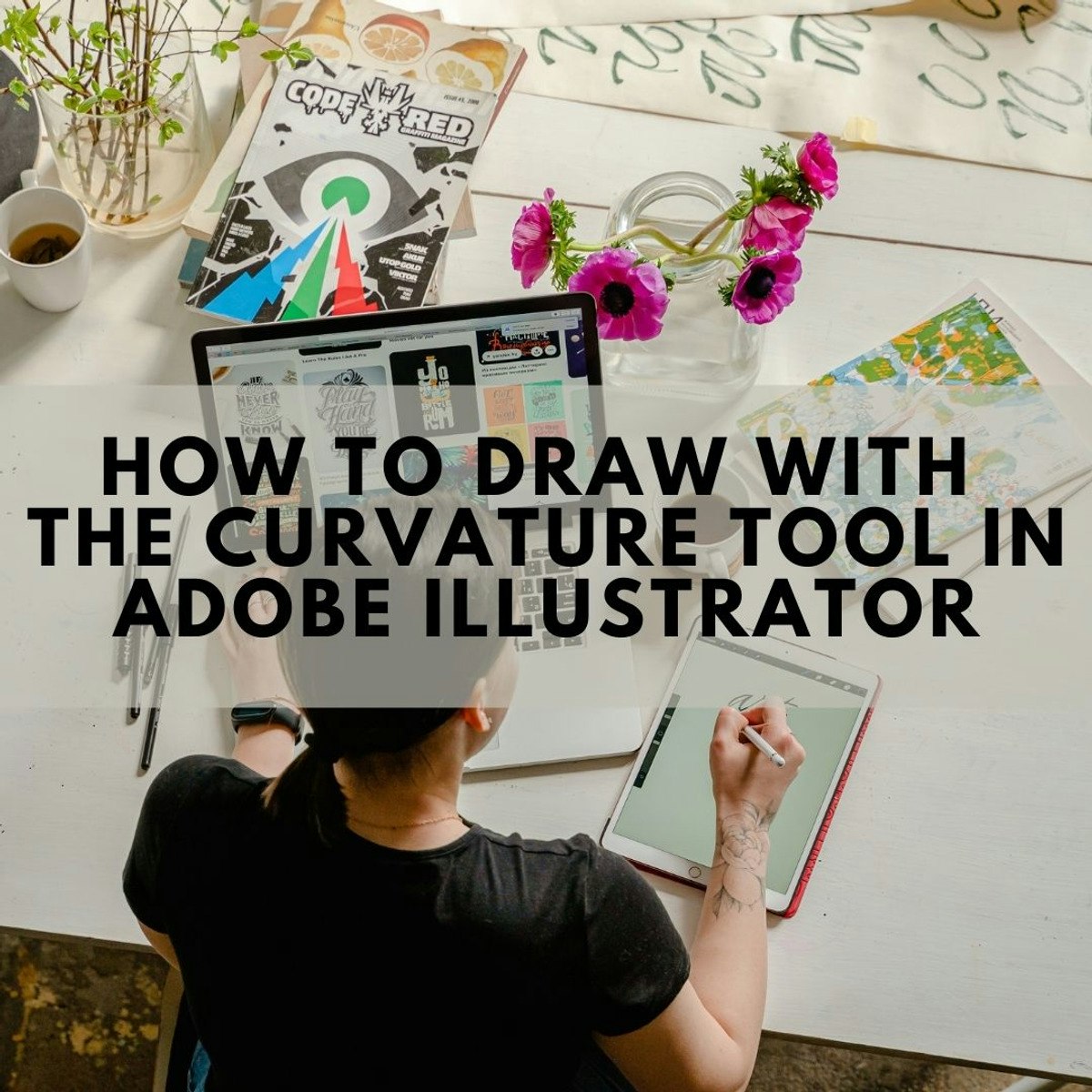
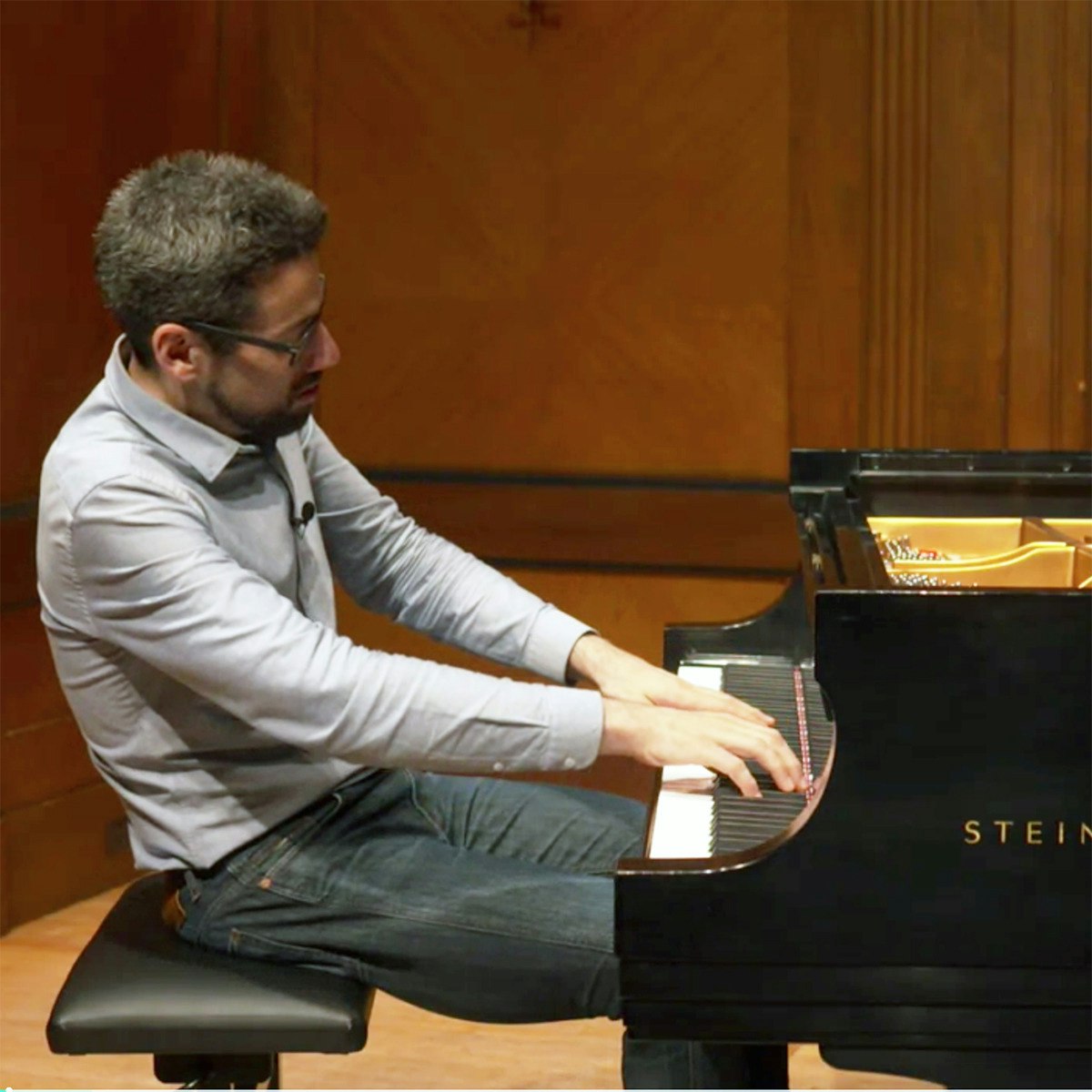
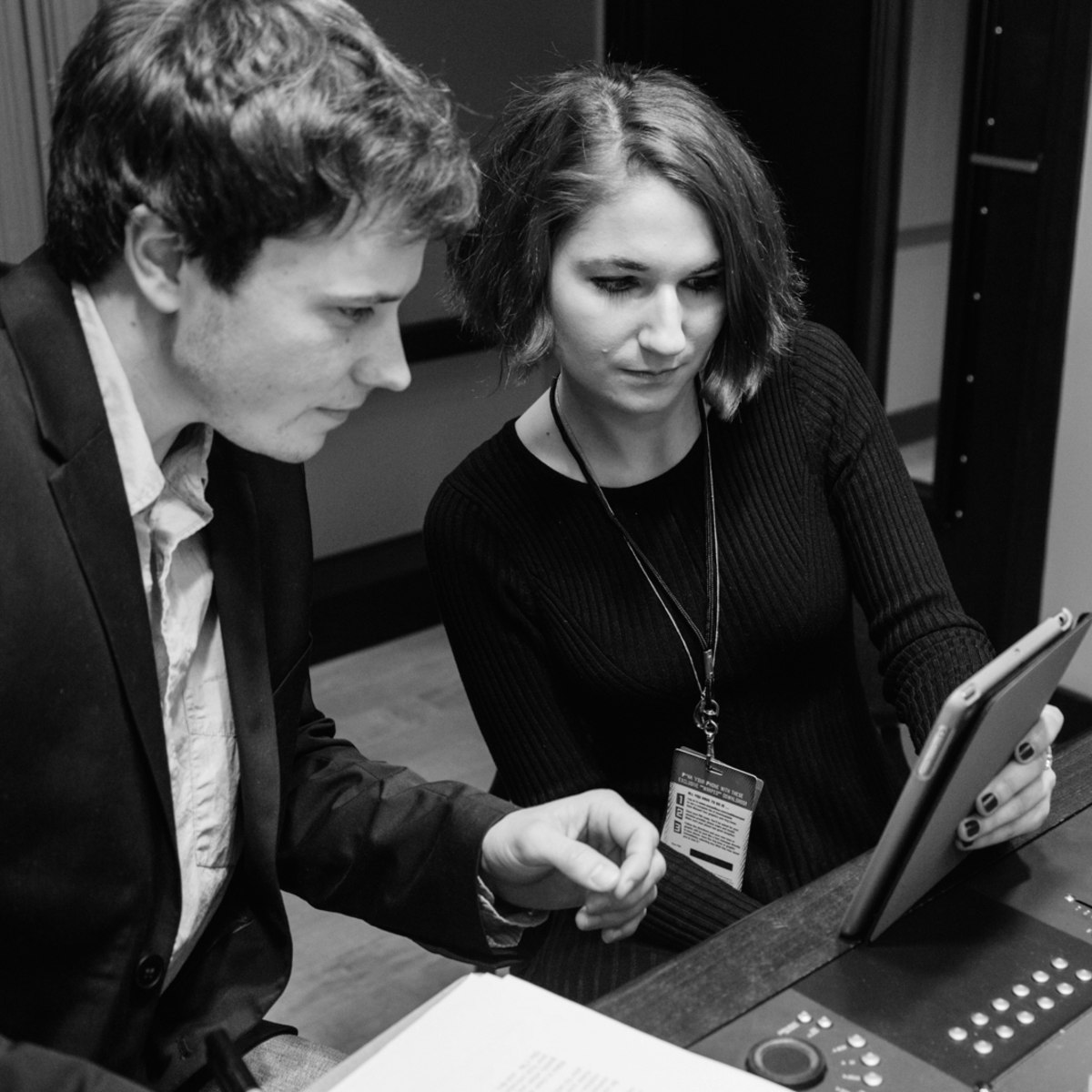

Music And Art Courses - Page 16
Showing results 151-160 of 257

Capstone: Create your own professional journalistic portfolio
This is it! It is time for YOU to be the journalist, and practice and display the skills you have learned through this Specialization journey. You will create your own professional journalistic portfolio, culminating in the creation of your own news report from start to finish. You will go through all the steps and skills used by professional journalists: conceptualizing a news report idea, reporting, interviewing, researching, and then compiling the information for an audience. Your learner community, along with the Michigan State Journalism team, will be with you every step of the way. Having a professional portfolio will help you market yourself as a journalist, showing off your work product, as well as practice and hone your journalistic skill set. You will receive an exclusive premium "Journalism" badge for social media, to display your Capstone completion.

How to Create Printable Media in Canva
In this project you will learn how to make different types of printable media using Canva. Canva is a free web design service where you have a wide variety of tools to design all kinds of media you need. Canvas is a great option for those looking for an easy-to-use platform to create presentations for corporate, school and college classes. Canva has many elements that are free and gives you a lot of freedom when it comes to designing. Canva is an extremely useful tool for those who are just starting out and even becomes a very good tool for those who have been designing in more advanced programs for years. It is a quick option that does not need to be installed on your computer and as long as you have an Internet connection, it will be an accessible tool. Additionally, it offers a number of templates that facilitate the creative process and a presentation platform where you can use any medium, from images to videos.

Build your personal brand using Canva
In this guided project we will learn about how we can create your personal brand using the free version of Canva. Canva is a graphic design web platform where we can create any type of material we need, from social media posts, brand kits, summaries, among many other things. Canva offers a number of tools for creating content from elements, text sources, video, and audio.
Canvas is a great option for those looking for an easy-to-use platform to create presentations for corporate, school and college classes. Canva has many elements that are free and gives you a lot of freedom when it comes to designing. It is an extremely useful tool for those just starting out and it even becomes a very good tool for those who have been designing more advanced programs for years. It is a quick option that does not need to be installed on your computer and as long as you have an Internet connection, it will be an accessible tool. Additionally, it offers a number of templates that facilitate the creative process and a presentation platform where you can use any medium, from images to videos.

Writing in First Person Point of View
If you have always wanted to tell your own story—in a memoir, first-person essay, or any other form of autobiographical non-fiction—but felt you lacked the tools or the framework, this is the class for you. We will learn how successful first-person writing is structured to offer the reader a sense of propulsive motion, and is guided by a narrator who is deliberately crafted. We will explore the ways in which language can be used to create tone, so that the emotional freight of your words is as potent as the storytelling. And crucially, we will consider the writer's responsibility to the reader: the importance of being a guide who includes the reader in the sensory, emotional, and intellectual experience you mean to share through your writing.

How to use layer mask with Adobe Photoshop
In this project, you will learn how to use layer masks with Adobe Photoshop. Learning these skills in Photoshop will show you how to design an image with multiple images using a layer mask. You will learn how to add images to the document and how to use different tools with a layer mask. Some of the tools you will use are the paintbrush tool, paint bucket tool, select tool, and gradient tool. Using the different tools with layer masks will show different skills in blending the images to make one design. When designing in Photoshop and working with multiple images, having the skills to use layer masks greatly benefits the design.

UX Design Fundamentals
This hands-on course examines how content is organized and structured to create an experience for a user, and what role the designer plays in creating and shaping user experience. You will be led through a condensed process that acts as a roadmap for developing robust UI/UX design: from ideation and sitemapping, to the creation of paper and digital prototypes. Building on the design skills learned in Visual Elements of User Interface Design, you will apply this methodology to produce a digital prototype for a multi-screen app of your own invention.
By the end of this course, you will be able to describe and apply current best practices and conventions in UX design, and employ the fundamental principles of how UX design functions to shape an audience's experience of a given body of content.
This is the second course in the UI/UX Design Specialization, which brings a design-centric approach to user interface (UI) and user experience (UX) design, and offers practical, skill-based instruction centered around a visual communications perspective, rather than on one focused on marketing or programming alone.
These courses are ideal for anyone with some experience in graphic or visual design and who would like to build their skill set in UI or UX for app and web design. It would also be ideal for anyone with experience in front- or back-end web development or human-computer interaction and want to sharpen their visual design and analysis skills for UI or UX.

How to draw with the curvature tool in Adobe Illustrator
In this project you will learn how to draw using the curvature tool in Adobe Illustrator. When we work on software as advanced as Adobe Illustrator there’s a lot of tools we don’t often use or think about that can elevate your value as a graphic designer. One of those often forgotten tools is the curvature tool. In this project you will learn what it can do for your designs, how to use it, when to use it, and how to apply it to different scenarios.
It’s important to understand every tool in Adobe Illustrator to actually take advantage of the program itself. It can be intimidating but learning about one tool at a time is the key to understanding and navigating the software correctly.
In this project we will take our time to understand this tool and apply it to many different designs in order to fully understand the power that this tool holds.

Exploring Beethoven's Piano Sonatas Part 3
Welcome to Part 3 of Exploring Beethoven's Piano Sonatas!
I'm delighted to launch another set of new lectures of this course as Part 3. As before, this class is meant for people of all levels of experience with Beethoven's music (including no experience at all!). Remember that you are able to watch the lectures as many times as you like, at whatever pace is comfortable for you.
As I’ve done with the first two sets of Beethoven lectures, I look forward to meeting with students—online and in person, in various cities. The dates and locations will be posted in the Announcements and Events section, as part of the course content. So please remember to check back there for details.
In these four new lectures, we will explore the following sonatas:
• Sonata Op. 10, No. 1
• Sonata Op. 22
• Sonata Op. 31, No. 2
• Sonata Opp. 78, 79, 81a
The Dolfinger-McMahon Foundation supports Curtis’s lifelong learning initiatives.

Music Business Foundations
This course has been developed to provide students with the latest instruction on the best way for creators, consumers, and facilitators to navigate the resurgence of one of the world’s most exciting industries: the music business. Three things are clear about today’s music industry: The consumption of music is expanding at the greatest rate in history and from the most portals ever imagined, the cost of producing music is decreasing, and the number of artists creating and seeking to expose their work and develop careers through the Internet has increased dramatically. Whether you’re a music creator, consumer, or facilitator of this process, you’ll want to understand the history, underpinnings, and basics of the music business. Course author John Kellogg—administrator, educator, entertainment lawyer, performer, and radio and television personality—offers students the opportunity to learn the fundamental principles of the developing new music business, for now and into the future.
What you'll learn:
-- The basic history of the music industry and today's business trends
-- How recording agreements are formulated
-- The basics of copyright law as it pertains to the music business
-- The role of agents, managers, attorneys, and specific business entities

How Music Can Change Your Life
Did you ever wonder how music works?
This course provides free video, audio and journal resources that explain six basic principles about how music can influence individual and community health and wellbeing. From biology and neuroscience, to psychotherapy and politics, the ways we engage with music can make all the difference. Music has always played an integral role in the lives of individuals and communities all around the globe. This course explores the ways that music can be used to achieve positive changes with a particular emphasis on the most vulnerable persons. Six different understandings will be explored, each with their own set of values and assumptions. The greatest thinkers in each approach believe that their way of explaining the power of music is right, but we will show that understanding music in its entirety delivers the best results in each unique circumstance. Once we understand the various ways that music can change the world, we can make informed decisions about how best to employ its extraordinary power.
Learners who engage in this MOOC can expect to both deepen and broaden their understanding of how music can be used with individuals, groups and communities. Specifically: • To distinguish between how music works on the body, in the brain, through the unconscious, for bonding, as political action and in reflecting culture, • To design practical programs that utilise music to support individuals, groups and communities based on examples shared in the ‘on-site’ case studies.
View the MOOC promotional video here: http://tinyurl.com/jnde3w3
Popular Internships and Jobs by Categories
Find Jobs & Internships
Browse
© 2024 BoostGrad | All rights reserved